Anthelios 40 is a new broad spectrum UVA and UVB blocking sunscreen by La Roche Posay just approved by the FDA. But is it really the best sunscreen that you can buy?
Formulated with Mexoryl SX (ecamsule), Anthelios 40 is a definite improvment over sunscreens currently available in the US. However, what’s just as important as what Anthelios 40 does contain is what it doesn’t contain. Anthelios 40 lacks Mexoryl XL, another UVA blocker found in Anthelios sunscreens from Canada and Europe. A sun filtering molecule related to Mexoryl SX, Mexoryl XL affords protection against UVB rays as well as longer UVA rays. When Mexoryl XL and Mexoryl SX are combined together, the effect is synergistic giving far better protection than when either ingredient is used alone. This means protection not only against sunburns from UVB rays, but also against the long term skin damage that is associated with UVA rays.
Difference between Mexoryl XL and Mexoryl SX
Mexoryl XL is a lipid soluble molecule making it ideal for incorporation into products that stay on the skin; ideal for sports use. Mexoryl SX, on the other hand, is water soluble making it suitable for day wear formulations. When combined together, you not only get better protection, but you also get the benefits of the water and lipid solubility of each molecule. The result is a sunscreen that not only feels great going on, but that also continues to deliver upon exposure to water or perspiration.
So yes, Anthelios 40 is a good sunscreen, but if you’re looking for the best sunscreen to protect you and your family, consider these products that contain both Mexoryl XL and Mexoryl SX:
| Anthelios 40 Creme | |
| Anthelios XL SPF 45 Cream | 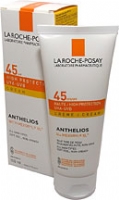 |
| Anthelios XL SPF 60 Cream | 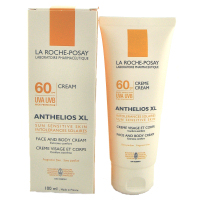 |
| Anthelios Fluide Extreme SPF 50+ |  |
| Anthelios Creme SPF 50+ | 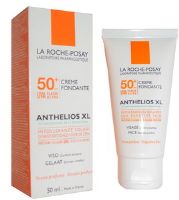 |
�

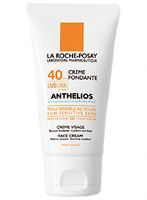

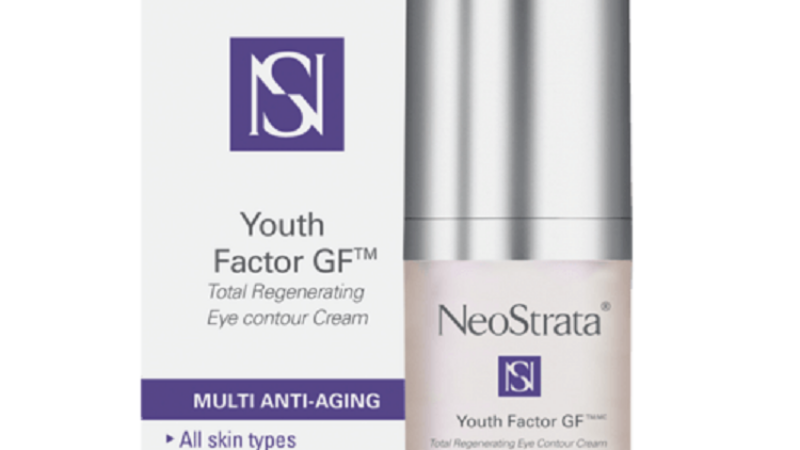
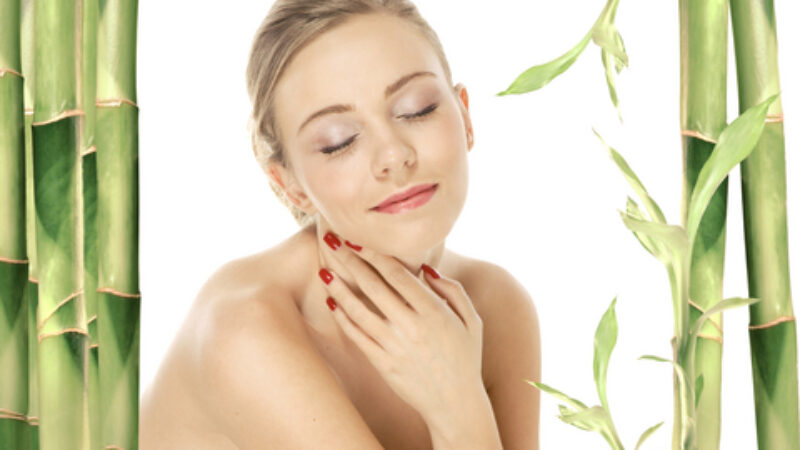
What you say is not really correct. Mexoryl SX and Mexoryl XL are both UV filters that are patented by L’Oreal. Currently in the US, only Mexoryl SX has been FDA-approved for use in some sunscreen formulations. In other countries, Mexoryl SX and Mexoryl XL are mixed in a UV system along with other filters, but L’Oreal never formulates with the Mexoryl XL molecule alone and it’s for a very good reason.
The primary difference in the filters lies within their solubility as you mention but also UV coverage. Mexoryl SX is the crucial filter that is designed to protect against short UVA rays – filling the gap in sun protection that many other filters like Avobenzone and Octocrylene don’t cover. While Mexoryl XL absorbs some UVA rays, Mexoryl XL is primarily considered a UVB filter.
Hi Jane
You are correct in stating that Mexoryl SX is FDA approved but that Mexoryl XL is not. Mexoryl XL is approved for use in Europe and Canada as well as some other countries.
Studies have shown that the Mexoryl SX and Mexoryl XL combination is far more effective than either agent used alone. Mexoryl SX protects against short UVA rays while Mexoryl XL protects against the UVB spectrum as well as the longer UVA rays.
Avobenzone does actually cover the whole UVA spectrum; the main concern with Avobenzone is its lack of photostability as it degrades very quickly when not stabilized correctly.
L’Oreal does manufacture some products that contain Mexoryl XL without Mexory SX. They include:
Ombrelle Face Stick SPF 60
Anthelios Targeted Stick Protection SPF 60